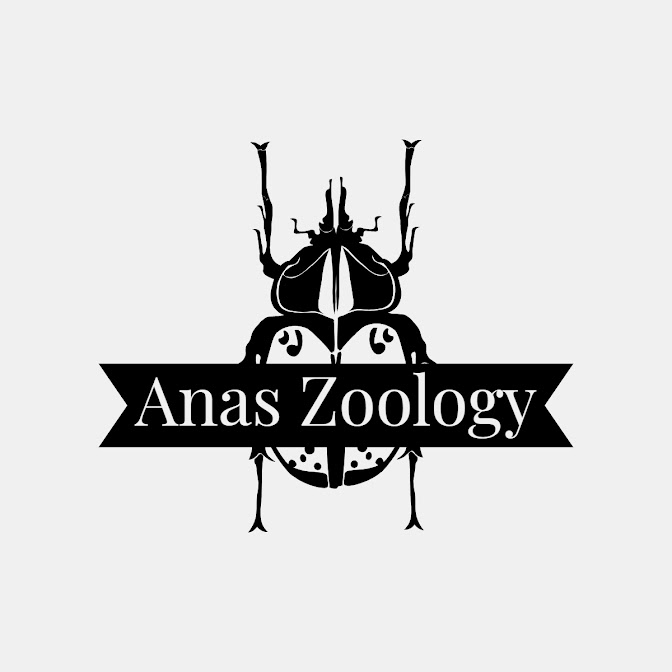TYPES OF SYMMETRY IN KINGDOM ANIMALIA
It is the arrangement of body parts on two sides of main axis of body. animals can be categorized on the basis of body symmetry as follows:
- ASYMMETRICAL : Body is highly irregular that it cannot be divided into two similar parts by any plane e.g. snails, sponges, Amoeba
- SYMMETRICAL : The body can be divided into two similar parts by one or more planes
(b) Radial symmetry : The body is in the form of a flat or cylinder (tall). It can be divided into equal halves by any plane passing through the centre from top to bottom e.g. some sponges,coelentrates, echinoderms. Their types are as follows:
(i) Tetramerous Radial Symmetry : Body parts are arranged in 4 or multiple of 4 e.g. Jellyfish
(ii) Pentamerous Radial Symmetry : Body parts are arranged in 5 or multiple of 5 e.g. Echinoderms
(iii) Hexamerous Radial Symmetry : Body parts are arranged in 6 or multiple of 6 e.g.Sea anemone (In sea anemone, body has biradial symmetry i.e. both radially and bilaterally symmetrical)
(c) Bilateral Symmetry : Body is divided into two equal halves by one plane only (midsagittal) e.g. all the vertebrates. The body has a anterior (head) end, posterior (tail) end, proximal (near site of body) end, distal (head/mouth region or away from the site of origin) end, dorsal (upper or vertebral) side, ventral (lower or towards the substratum during locomotion) side and two lateral (right and left) sides.





Comments
Post a Comment